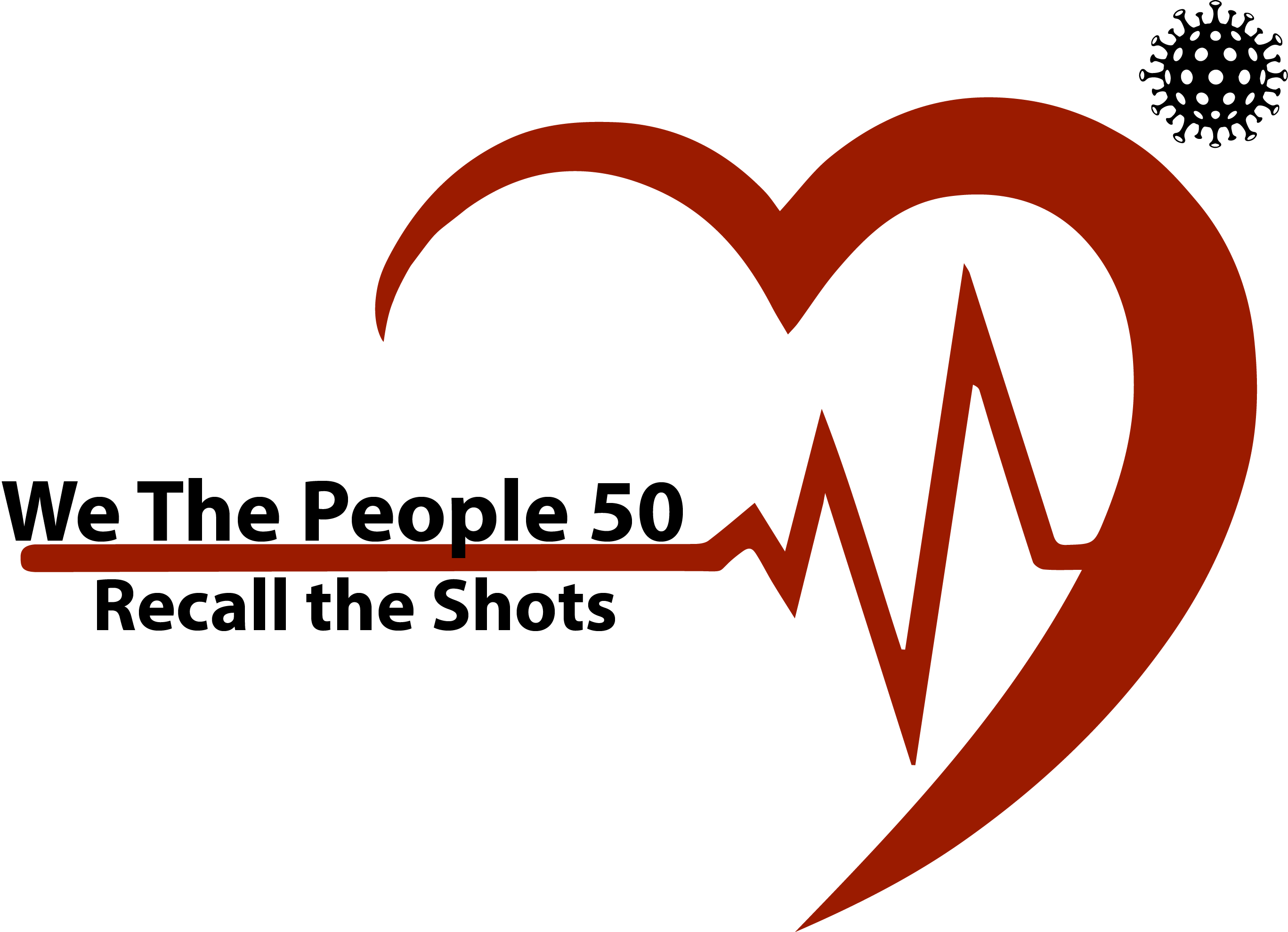The contamination of mRNA vaccines with DNA is far greater than initially thought at up to 35%, and the DNA’s role in inducing human cells to produce the spike protein long term has been confirmed, according to the latest research.
Earlier this month, the Daily Sceptic reported on the work of Dr. Kevin McKernan and his team who had subjected the mRNA vaccines from Pfizer and Moderna to deep sequencing analysis and found alarming levels of DNA contaminants known as plasmids. These are small circular DNA molecules that in principle can self-replicate in bacterial and human cells and induce the cell to produce the SARS-CoV-2 spike protein long term. Each vaccine dose was found to contain billions of these plasmids.
The Moderna vaccine appeared to contain DNA contamination at around the ‘safe’ level set by the European Medicines Agency (EMA) at the equivalent of one part per 3,000 mRNA molecules, though it’s not clear how safe this level really is. The Pfizer vaccine, on the other hand, was found to contain DNA contamination at 10 times the ‘safe’ level, at one plasmid per 350 mRNA molecules.
The DNA is part of the vaccine manufacturing process, providing the blueprint for the mRNA, but it should have been removed to at least the ‘safe’ level, though was not for reasons that are unclear.
Now, Dr. McKernan and his team have undertaken further analysis and found that the level of DNA contamination is much greater than originally reported, with up to 35% of the vaccine product being this DNA contamination. They write:
This equates to 20-35% of the nucleic acid in each vaccine being expression vector. This is several orders of magnitude over the the EMAs limit of 330ng/mg. With these levels of contamination, RT activity from LINE-1 is not a prerequisite for genome integration.
Molecular biologist Dr. Jessica Rose explains that this means each dose may contain trillions of DNA molecules, 100 times greater than previously reported: “The left-over expression vectors used to manufacture the mRNAs are at contamination levels 100-fold higher than originally proposed and imply trillions of DNA molecules per dose. This has implications for integration into our genome.”
The precise level of contamination is unknown as these are estimates with a wide margin of error. It may also vary by batch. What is certain, however, is that the contamination of both Pfizer and Moderna vaccines is way above any official ‘safe’ level.
In the original analysis, Dr. McKernan had been looking primarily for RNA contamination and had used an additive that can suppress DNA amplification. By looking specifically for DNA contamination he and his team found that the amount of DNA present was far greater than the initial technique had indicated.
Further analysis by Dr. McKernan and his team has also confirmed that the plasmids are intact and capable of self-replicating, and that the relevant promoters are present that allow them to express mRNA for spike protein in human cells (and not just in bacteria).
